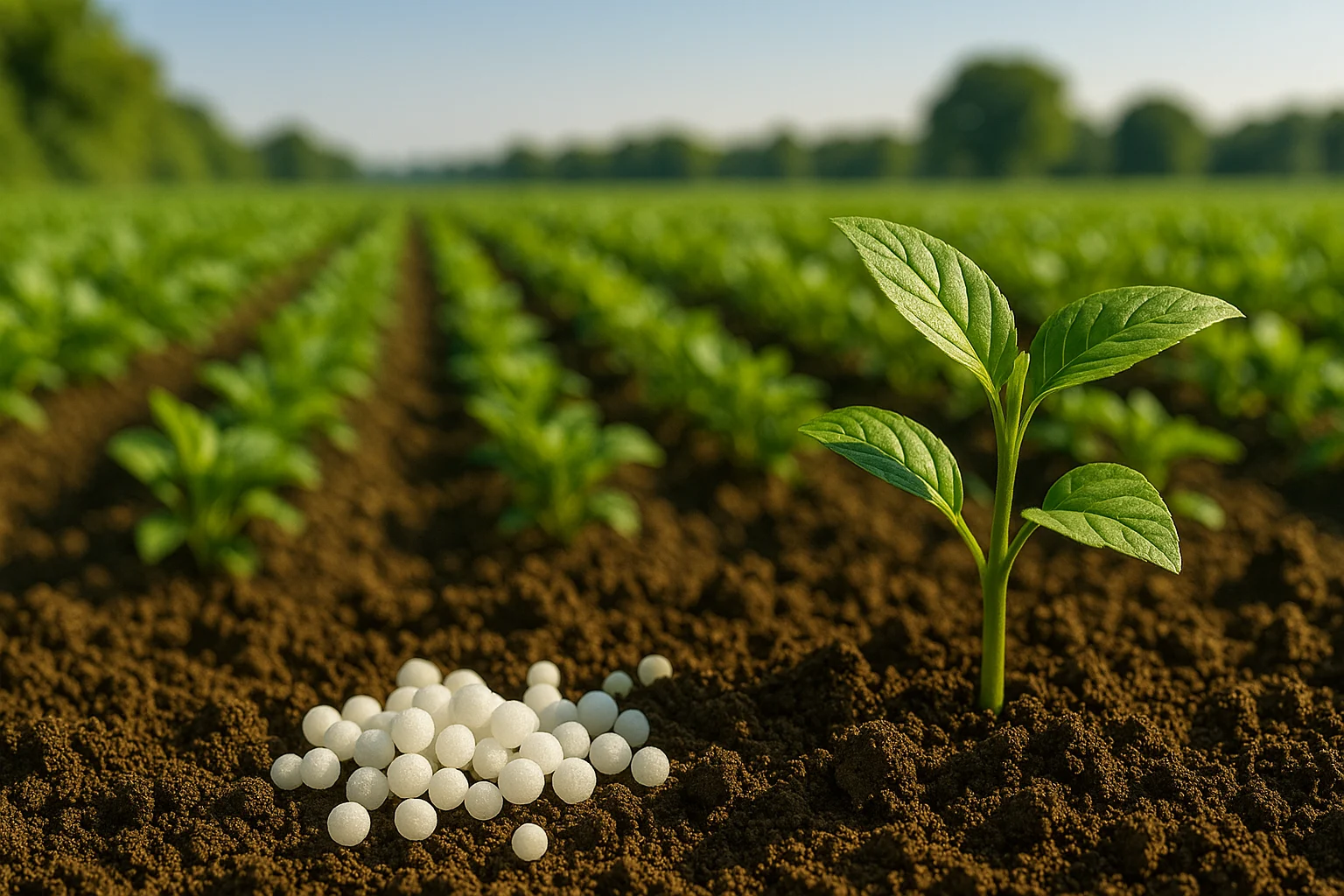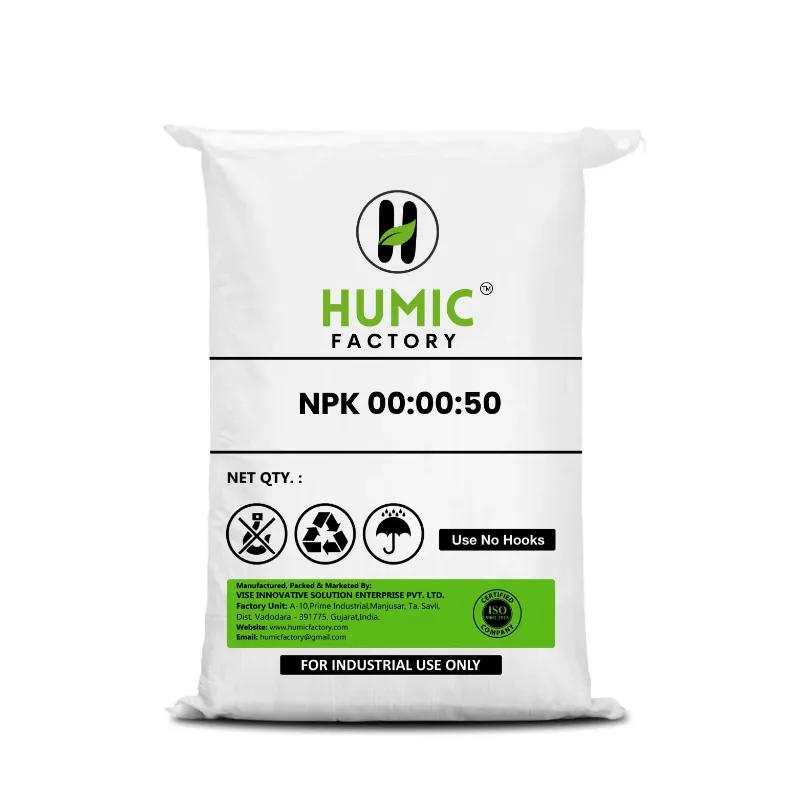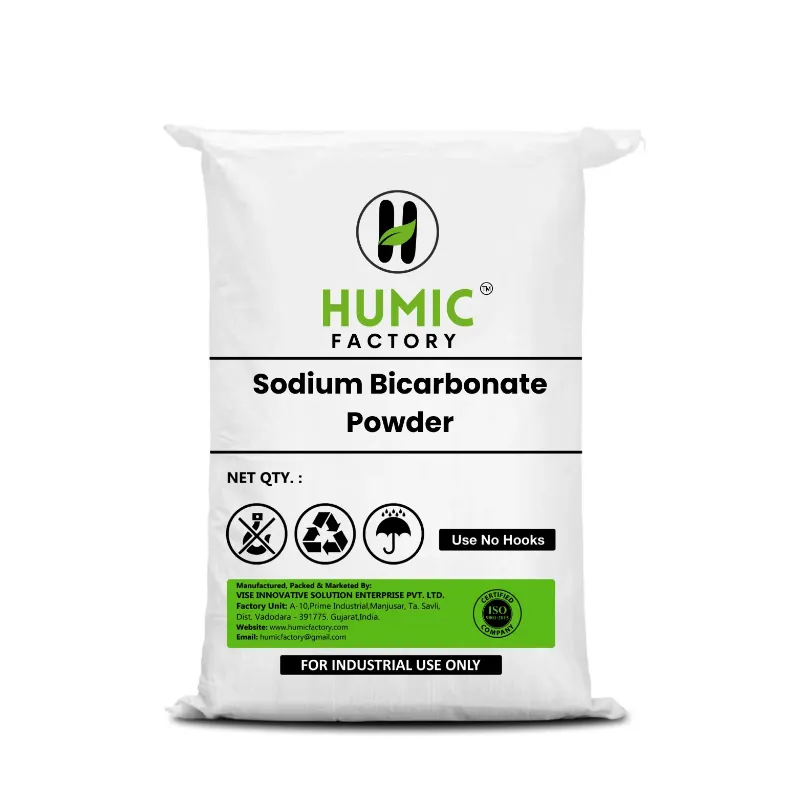Agriculture is the pulse of India, with farmers numbering millions relying on their produce not just for their livelihood but for survival too. With the growing population, it has become increasingly important to enhance the yields of crops in order to fulfill the increasing food needs of the population. Of all the countless tools and methods made available to farmers today, there exists one that is at the forefront of use and strength: urea fertilizer.
Urea fertilizer is a high-nitrogen fertilizer that plays a very important role in making plants grow healthier and faster. It is one of the most popular and cost-effective sources of nitrogen used worldwide. This blog discusses the science behind urea fertilizer, how it increases crop yields, best use practices for it, and why it continues to be a favorite among Indian farmers.
What Is Urea Fertilizer?
Urea fertilizer is a white, crystalline compound with 46% nitrogen — the highest solid concentration of nitrogen. It is produced by combining carbon dioxide and ammonia under high pressure to form a highly water-soluble compound. Because it has such a high concentration of nitrogen and is inexpensive, urea fertilizer is applied widely to all types of farming systems in India, from rice fields in West Bengal to wheat crops in Punjab.Urea is particularly significant since nitrogen is the most limiting nutrient in Indian soils. With increasing demand for high-yielding crop varieties comes the need for efficient nitrogen sources. Urea fertilizer fills this need by being readily available and comparatively inexpensive.
Why Nitrogen Is Essential for Plant Growth
Before we realize the effect of urea fertilizer, we must realize why nitrogen is essential. Nitrogen is a fundamental element of chlorophyll, the compound responsible for photosynthesis. Nitrogen is also a constituent of amino acids, the constituents of plant proteins. Plants are unable to develop leaves, stems, and fruits without nitrogen.Nitrogen is a part of various plant metabolic activities. It affects vegetative growth, reproductive well-being, and general crop strength. This is where urea fertilizer comes in handy. By providing the plant with plenty of nitrogen, it increases the production of chlorophyll, intensifies photosynthesis, and speeds up vegetative growth. The more leaves there are, the more food will be produced, which consequently translates into increased yields.
In nitrogen-deficient soils, plants exhibit dwarfing, pale yellowing leaves, and lower productivity. Application of urea fertilizer can correct these deficiencies immediately and effectively, particularly when time-critical growth phases are being experienced.
How Urea Fertilizer Increases Crop Yields
Increases Vegetative Growth
One of the most evident impacts of urea fertilizer is dense green growth. As nitrogen powers leaf and stem growth, crops develop more vigorously. This is particularly important in the initial growth phases when plants require a robust vegetative foundation. Strong vegetative growth lays the basis for improved reproductive yield.Enhances Photosynthesis Efficiency
Nitrogenous crops are able to absorb sunlight more effectively. Urea fertilizer allows plants to grow wider leaves with more chlorophyll, which enables them to trap and convert sunlight into energy more efficiently. More photosynthesis means more carbohydrates, which in turn facilitate flowering, fruiting, and grain development.Enhances Tillering in Cereals
In rice and wheat crops, the urea fertilizer induces tillering — when one plant develops numerous stems. There are more potential grain heads that result in higher yield per plant. Research demonstrates that timely use of urea can raise the number of tillers by 40% in certain cereal crops.Strengthens Root Development
Although nitrogen primarily increases growth above the ground, good top growth encourages healthier root systems. This enables the plant to obtain water and nutrients more efficiently from deeper soil zones. Deep roots aid in resistance to drought and improved anchorage of the plant.Increases Yield Components
For cereal crops, urea fertilizer affects yield traits such as number of grains per ear, grain weight, and ear size. In vegetable and fruit crops, it enhances size, uniformity, and quality. Uniform nitrogen levels allow the crop to finish its life cycle with maximum productivity.Extends Greening in Leafy Vegetables
Leafy greens like spinach, coriander, and fenugreek are highly favored by urea fertilizer. It prolongs the harvest season by maintaining leaves greener and more tender for longer durations. This directly adds market value and returns.Facilitates Recovery from Stress Situations
Suppose a crop has suffered stress — either because of drought, pest infestation, or weak early growth — then urea fertilizer can be a rescue input. An on-time application of nitrogen ensures to revive the vigor of the crop so that it is able to recover and move towards good yields.Crops That Show Good Response to Urea Fertilizer
- Rice: Excessive tillering and greater panicle size
- Wheat: Improved grain filling and yield
- Maize: Larger cobs and better vegetative development
- Sugarcane: Increased elongation and juice content
- Vegetables: Enhanced size, color, and marketability
- Cotton: Improved boll development and leaf canopy
- Groundnut: Improved nodulation when applied in moderation
- Barley: Improved grain protein content
- Soybean: Developing canopy early (when used cautiously)
Urea Fertilizer Application Methods
Broadcasting
Easiest approach — applying urea uniformly onto the soil surface. Ideal timing just prior to irrigation or rainfall so that absorption is facilitated. Broadcasting is utilized in rice paddy fields, where water flux aids in absorbing the fertilizer early on.Top Dressing
Use of urea fertilizer after the emergence of crops to encourage vegetative growth. Early top dressing is necessary to achieve maximum yield. For example, top dressing at 25-30 days in wheat increases tillering and grain filling.Basal Application
Given at the time of sowing with other fertilizers such as DAP or potash. Supplies an early dose of nitrogen. This is especially helpful in crops with a short vegetative period.Fertigation
Dissolving the urea fertilizer in water and giving through drip or sprinkler irrigation. This is a new technique for the even distribution of nutrients. Fertigation finds favor with high-value horticulture crops.Foliar Spray
In small amounts, urea fertilizer can be applied directly to leaves. This facilitates rapid uptake by nutrients and finds application when there is stress or root uptake is impaired.Best Practices for Applying Urea Fertilizer
- Split Application: Rather than a single application of all urea, split it into 2–3 applications over crop stages to minimize wastage and enhance absorption
- Apply Pre-Rainfall or Irrigation: Urea is extremely soluble. Rain or irrigation following the application facilitates its movement into the root zone.
- Prevent Surface Application During Dry Weather: In the absence of water, nitrogen can be lost by volatilization.
- Blend with Organic Matter: Adding urea fertilizer to compost or manure enriches the soil and minimizes loss of nutrients.
- Use Urease Inhibitors: These delay the breakdown of urea to ammonia, minimizing nitrogen loss and enhancing efficiency.
- Adopt Soil Testing: Know your soil nutrient level before using urea. This maintains a balanced diet.
- Shield from Moisture: Store urea fertilizer in dry locations to avoid clumping and loss of nutrients.
Environmental Impact and Precautions
Though urea fertilizer is very valuable, overuse can have harmful consequences:- Soil Acidification: Excessive long-term use can decrease soil pH.
- Water Contamination: Misuse can lead to nitrogen leaching into groundwater.
- Greenhouse Gas Emissions: Nitrogen can be converted to nitrous oxide, a very harmful greenhouse gas.
To reduce these consequences:
- Use urea fertilizer sparingly
- Adhere to soil testing and agronomic advice
- Use with biofertilizers and organic farming
- Create awareness of balanced use of nutrients
Problems Confronting Indian Farmers Using Urea Fertilizer
- Subsidy Dependence: Urea is highly subsidized in India, resulting in excess usage and nutrient application imbalance.
- Nutrient Imbalance in Soil: Excessive dependence on urea might result in a deficiency of other nutrients such as phosphorus, potassium, and micronutrients.
- Wrong Timing: Delayed or premature application usually leads to inefficient use.
- Labor-Consuming Application: Broadcasting is labor-intensive and time-consuming, with the potential for non-uniform spread.
- Storage Problems: Urea is prone to moisture absorption easily, necessitating proper storage.
Mixing Urea with Other Fertilizers
Balanced nutrition is important. Urea fertilizer performs optimally when mixed with:- DAP (Diammonium Phosphate) for nitrogen and phosphorus
- MOP (Muriate of Potash) for potassium
- Micronutrients such as zinc and boron for general well-being
- Organic matter to improve soil structure
- Biofertilizers to increase nutrient availability
The Future of Urea Fertilizer in Indian Agriculture
The efficiency of urea fertilizer will further enhance with the introduction of coated urea, liquid urea, and nano urea. These products are designed to minimize environmental harm while maximizing yield.Digital agricultural tools such as satellite data, mobile apps, and soil sensors are also assisting farmers in using urea fertilizer more accurately. With Indian agriculture adopting new ways, this ancient input will continue to benefit from it in a sustainable manner.
Climate change and population pressure are set to challenge food security in the days ahead, and the role of urea fertilizer will become increasingly important in closing the productivity gap.
Humic Factory Product Recommendation
At Humic Factory, we know the vital importance urea fertilizer has in contemporary agriculture. That is why we provide high-purity, moisture-free urea fertilizer that guarantees full availability of nitrogen to your plants. Our fertilizers are suitable for every crop and irrigation system and are accompanied by expert advice for optimal results.Make the transition to Humic Factory's urea-based products and experience the difference on your farm.
FAQs





